In this article you will learn how to ensure successful retrospectives in your team, what you have to pay attention to and which methods there are to get feedback from your team.
Why collecting feedback continuously from your team is so important
Open words, which may and should also include constructive criticism, ideally lead to a learning effect – in regular retrospectives, the results from past sprints are analyzed together. The following applies to the entire team: All team members provide feedback on the past sprint.
Teams can only win with continuous feedback, especially as an agile team that must be able to react flexibly to ever-changing requirements and changes. This only works if the feedback is made public and solutions are worked on together. This again requires trust – and here we are at the prerequisite for open, constructive feedback.
Praise and motivation, but also constructive criticism, for example about the course of the current release or the team performance, about motivation or about yourself: feedback is valuable for the whole team and for each individual.
Regular feedback is directly related to job satisfaction and the bond with the team, the product and the company.
By encouraging and collecting continuous feedback, the following added value for the company is created:
- More transparency within the team: Everyone knows where the team stands, what improvements are underway and how the team relates to each individual
- Less stagnancy. Impediments are addressed directly
- Continuous growth of self-confidence and trust as a team and individual
- Focusing on joint team performance: Thinking and participating as a team member
- Increase of team attractiveness and thus as an employer
5 examples of how you can get feedback from your team
In this chapter we will introduce you to five methods of getting feedback from your team.
Kudo Cards – Say Thank you!
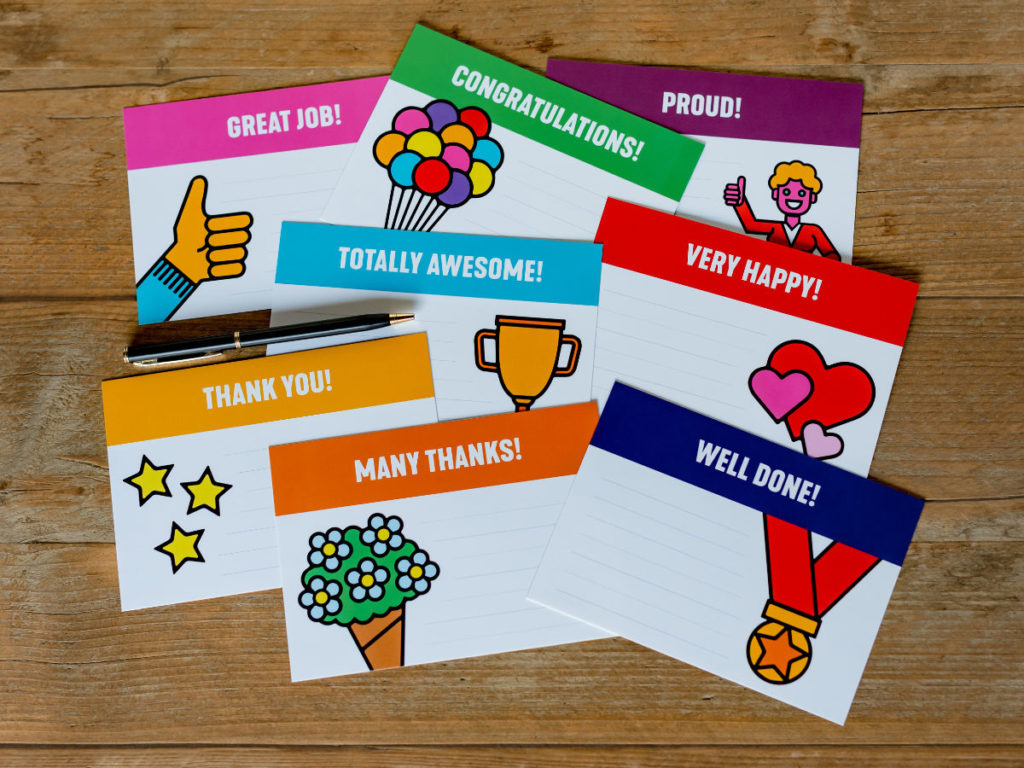
You know this moment: A colleague has helped you with a difficult problem. Thanks to him, you got on with the story. Thanks to him you could finally solve the open subtask!
In Management 3.0’s method case, the so-called “thank you” cards or recognition cards have become widely used. The following possibilities are available to hand over the Kudo-Cards:
- Personally
- You hand over the card personally in private
- Team
- As a team, you set up a kudo box and throw all the cards into it. In regular intervals you read the cards.
- Together you create a kudo wall where you hang up the cards in your team room.
Often team members shy away from personal feedback rounds, since negative criticism is often passed on in everyday work. Kudo cards make it easy and motivate you to congratulate colleagues on special achievements or simply say “thank you”.
Start / Stop / Continue Methode – Identify activities with added value
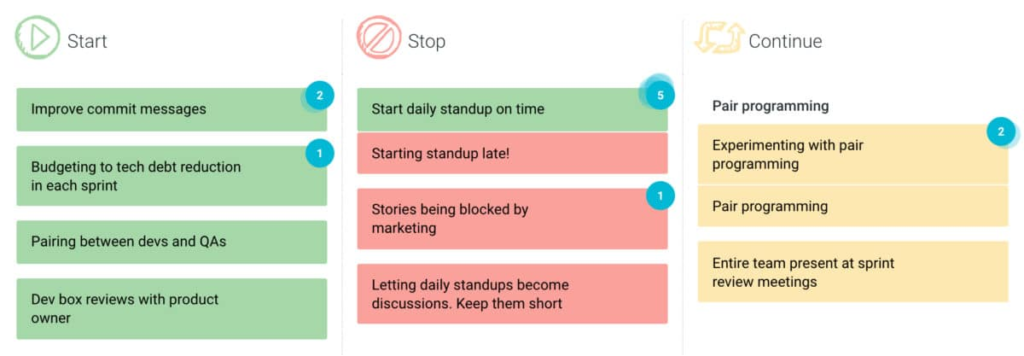
The Start / Stop / Continue method is a method to identify future actions. With this method the sprint in general or a focus topic can be analyzed. The team members give feedback on the following three points:
- Start: What should we do in the future?
- It is about finding creative ideas together to address the current problems.
- Stop: Which activities should be avoided in the future?
- Identifies actions that do not directly add value or slow down the team or individual members.
- Continue: What should we continue to do?
- Here, points should be listed that currently provide added value and should therefore not be reduced.
This method can be supplemented with the following factors:
- More of: Which activities should be strengthened?
- There may be activities that already generate added value for the team, but which are not yet known to all members or are not promoted enough. These activities are identified here.
- Less of: Which activities should be reduced?
- This is about activities that are not completely abandoned, but still need to be reduced.
In this method it is important to remind people that this is a method of finding creative ideas to address specific problem areas.
To identify the most relevant points from this method, the so-called dot-voting is usually used.
4L Methode – Identifiziere Positives und Negatives von Fakten und Emotionen
The 4L method stands for continuous learning. With this method, feedback on experienced positive and negative events can be collected – from a fact-based as well as emotional perspective.
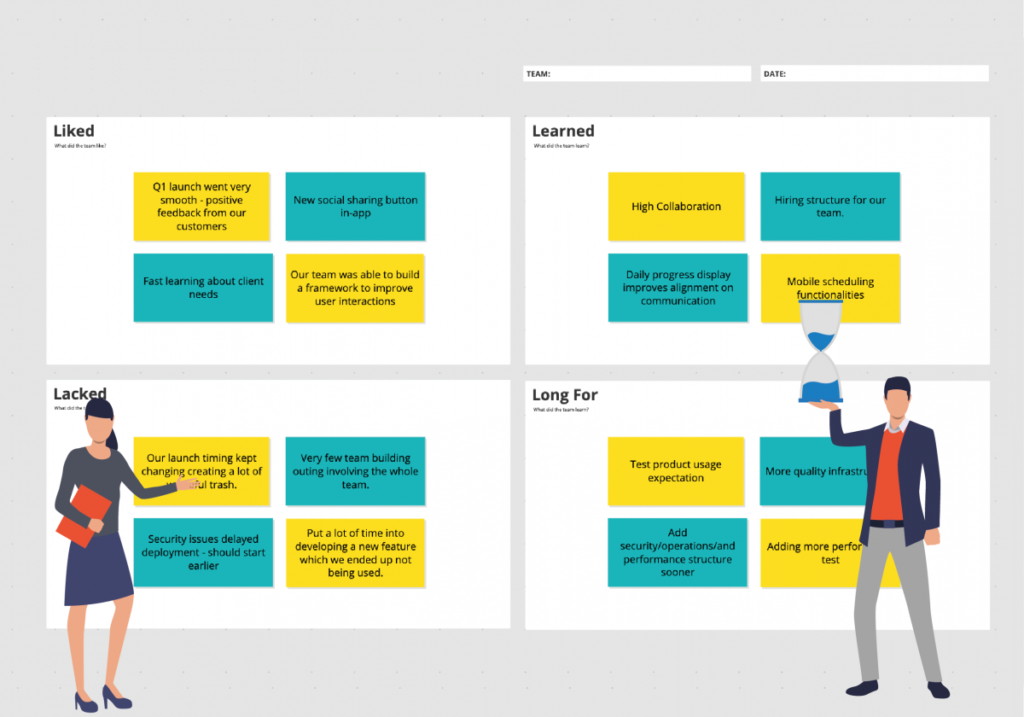
In the 4L method the following four points are collected:
- Liked
- Identify what the team really enjoyed about the past sprint?
- What worked better than expected?
- Learned
- What new things did the team learn from the past sprint?
- Lacked
- What was missing in the last sprint? What could have been done better as a team?
- Longed for
- What things would the team have needed in the last sprint? These could be business inputs, technical or organizational factors.
After the information has been collected, it is grouped (so-called “clustering”) and then evaluated. From the most important points, future action points can be defined.
Important with the 4L method is that it is implemented with a time limit, i.e. a timebox. The length of the timebox can be defined along the team size.
WRAP Methode – Wishes, Risks, Appreciations, Puzzles
The WRAP method enables the team to talk about the future.

Opportunities and possible risks are discussed. The WRAP method consists of the following factors:
- Wishes
- Here ideas for the “ideal” sprint are identified.
- Risks
- Future pitfalls that could have a negative impact on team performance.
- Appreciations
- This is a compilation of what was appreciated in the previous sprint.
- Puzzles
- Questions that are still unanswered today and which may give the team food for thought.
How to simply collect for feedback for the next retrospective
To conduct a retrospective with relevant topics, they must be prepared accordingly. An important element of any retrospective is the collection of data and feedback from the team. As a supporting tool we have created the Prepare Sprint Retrospective App for Jira. This app allows to get feedback from all team members about the current sprint in advance, i.e. already during the sprint. We focus on the following features:
- Every team member communicates her / his overall feeling by means of smilies.

- Each team member communicates her / his sprint highlight.

- Every team member communicates her / his sprint pain.

This asynchronous collection of feedback on the current sprint allows the team members to give feedback when it comes to their minds.On the other hand it allows the Scrum Master to collect feedback data before the team retrospective and thus to choose the method based on the feedback received.
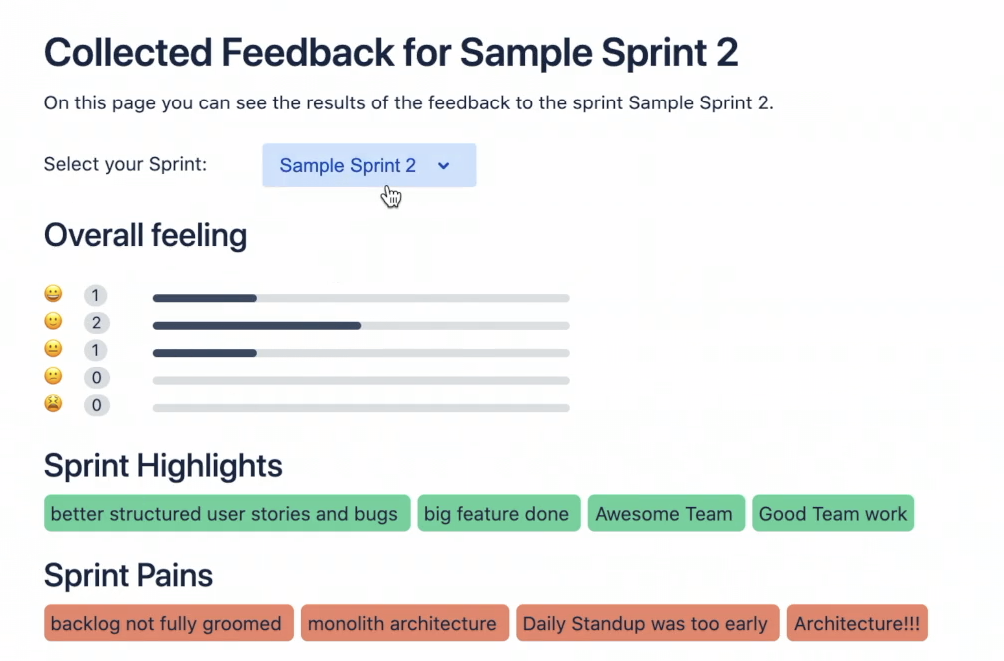
Are you working with Atlassian Jira Software? Then install the free App Prepare Sprint Retrospective now and easily prepare your next retrospective.
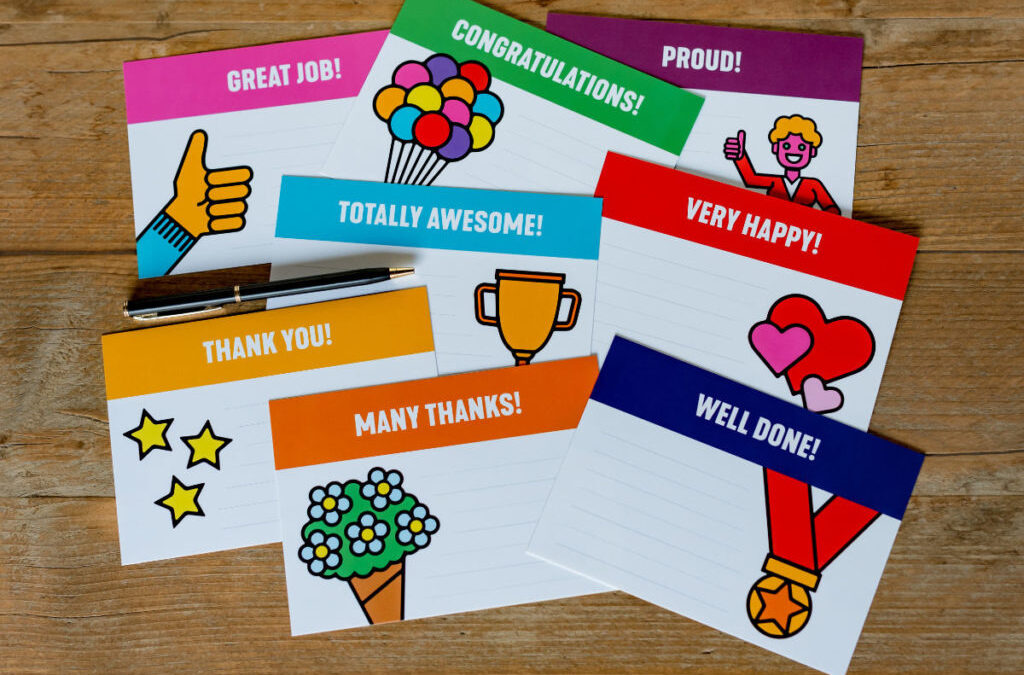
Trackbacks/Pingbacks